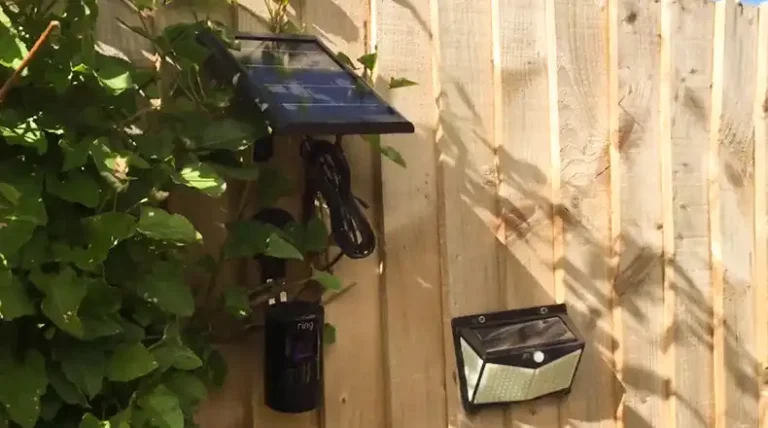What Size Charge Controller For 500w Solar Panel: Everything You Need to Know
Solar power – it’s like harnessing the energy of a thousand suns to power your world. And here, you’ve decided to jump on the green energy bandwagon, starting with a 500W solar panel. But when it comes to this specific solar panel, there’s a common question arises in most minds — what size charge controller is required to keep your new power source in check?
The truth is the size of the charge controller you need for a 500W solar panel depends on various factors, including your panel’s voltage and current, as well as your system’s voltage. But, in most cases, a 20A or 30A charge controller should do the trick. However, if you’re seeking in-depth information on this solar charade, read on! We’re about to step into the radiant world of solar charge controllers, so you can make the right choice for your setup.
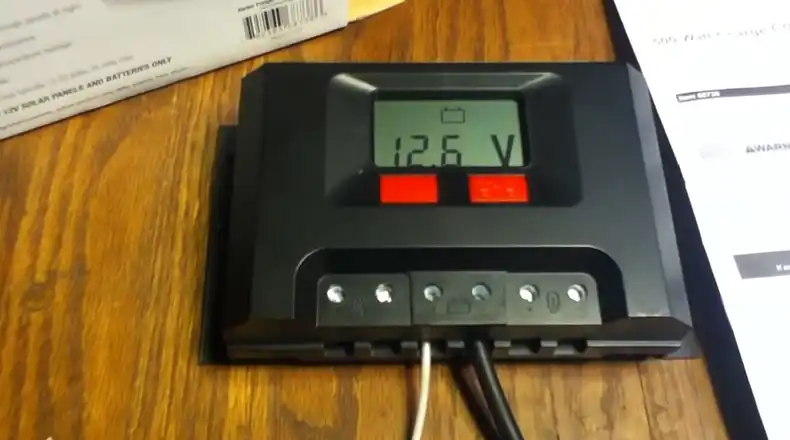
Finding the Right Charge Controller Size
When it comes to your solar power system, choosing the right charge controller size is akin to selecting the conductor of an orchestra – it sets the tone for the entire performance. In the harmonious symphony of renewable energy, finding the perfect match for your solar panel is crucial for optimal efficiency. But how do you determine the right size for this vital component?
Let’s crunch the numbers and figure out what size charge controller you need for your 500W solar panel.
Voltage Matching
Voltage matching involves ensuring that the voltage range of your charge controller aligns with the operating voltage of your solar panel. In your case, you have a 500W solar panel with an operating voltage of 18V.
- The Importance:
If you choose a charge controller with a voltage rating significantly lower than your panel’s operating voltage, it won’t effectively handle the power generated. This can lead to underutilization of your solar panel’s potential. Conversely, selecting a charge controller with a voltage range too high can result in overcharging, which can damage your battery.
- The Solution:
To address this, you should aim for a charge controller with a voltage range that comfortably covers your panel’s specifications. In your scenario, a 20A charge controller with a suitable voltage range should work efficiently.
Current Capacity
Current capacity refers to the maximum current (in amperes) that a charge controller can handle. For your 500W solar panel:
- The Importance:
In your case, with a 500W panel, the current produced will be around 27A (Watts = Volts x Amps). It’s essential to ensure that your charge controller can handle at least this amount of current. Choosing a controller with insufficient capacity can lead to overheating and reduced efficiency.
- The Solution:
To be on the safe side and maintain optimal efficiency, it’s advisable to select a charge controller that can handle more than 27A. Opting for a 30A charge controller would be a wise choice for your 500W panel.
System Voltage Compatibility
The system voltage compatibility relates to the voltage at which your solar setup operates. Commonly, solar systems use either 12V or 24V configurations.
- The Importance:
It’s crucial that your charge controller is compatible with your system voltage. A 12V charge controller is suitable for a 12V solar system, and the same goes for a 24V setup. Mismatching these can result in an inefficient system.
- The Solution:
In your case, if your system is 12V, it’s advisable to go for a 12V charge controller, and for a 24V system, choose a 24V controller. Keeping it simple and aligned with your system’s voltage is the key to an efficient solar setup.
Temperature Compensation
Temperature compensation is a feature in some charge controllers that adjusts the charging process based on the temperature. It’s especially important if you reside in an area with temperature extremes.
- The Importance:
Temperature can significantly affect battery performance. When it’s too hot or too cold, the battery’s capacity and lifespan can be compromised. Temperature compensation ensures that your battery is charged optimally, regardless of the weather conditions.
- The Solution:
If you live in a region with temperature variations, a charge controller with temperature compensation is a smart choice. It provides a safeguard against potential battery damage, helping to maximize your battery’s life and overall system performance.
Factors That Influence Your Charge Controller Choice
Undoubtedly, the solar charge controller is the unsung hero of your solar power setup. It plays referee between your solar panel and the battery, ensuring they play nice together. Its primary job is to regulate the voltage and current coming from your solar panel to safely charge your battery without overcharging it. Overcharging can reduce the lifespan of your battery, and we don’t want that, do we? So, which factors actually determine whether a charge controller is appropriate for your 500W solar panel? Have a look –
Voltage of the Solar Panel
Solar panels come in various voltages. A 500W panel can have different voltage ratings. You need to match this with the charge controller’s input voltage range.
Current (Amperage) of the Panel
Panels also have different current ratings. To handle 500W, you’ll need a controller that can manage the amperage without breaking a sweat.
System Voltage
What voltage do you want your solar setup to operate at? Commonly, it’s 12V or 24V. Your charge controller should be compatible with this voltage.
Environmental Conditions
If you live in a place with extreme temperature fluctuations, you might need a charge controller with temperature compensation to ensure your battery doesn’t freeze in winter or overheat in summer.
Future Expansion
Planning to expand your solar array? Go for a charge controller with room for growth.
Solar Charge Controller Types
Charge controllers come in two primary flavors: PWM (Pulse Width Modulation) and MPPT (Maximum Power Point Tracking). Let’s take a quick peek at these options –
PWM Charge Controllers
- Pros: Affordable, simple to use, ideal for small setups.
- Cons: Less efficient than MPPT, especially for larger systems.
MPPT Charge Controllers
- Pros: Highly efficient, works well in all weather conditions, great for larger installations.
- Cons: Pricier than PWM controllers.
For a 500W solar panel, either type can work, but an MPPT controller is more efficient and offers better performance, especially in challenging conditions.
Relevant Questions
1. What happens if I undersize my charge controller for a 500W solar panel?
If you choose a charge controller that’s too small for your panel, it may not handle the current and voltage properly. This can lead to overcharging, reduced battery life, and inefficiency in your solar system.
2. Can I oversize my charge controller for added safety?
You can choose a slightly larger charge controller for added safety, but going significantly oversized may not be cost-effective. The key is to find the right balance for your specific setup.
3. Can I connect multiple 500W solar panels to one charge controller?
Yes, you can connect multiple panels, but make sure the total voltage and current stay within the charge controller’s specifications. You might need to wire the panels in series or parallel to achieve this.
End Note
So there you have it, the illuminated path to choosing the right charge controller for your 500W solar panel. Remember to match the voltage, ensure the current capacity, pick the right system voltage, and consider your environmental conditions. And if you’re feeling extra ambitious, MPPT charge controllers offer stellar performance.

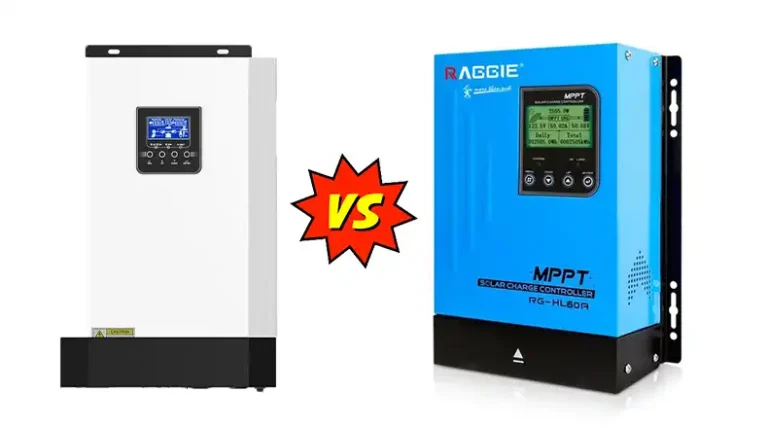
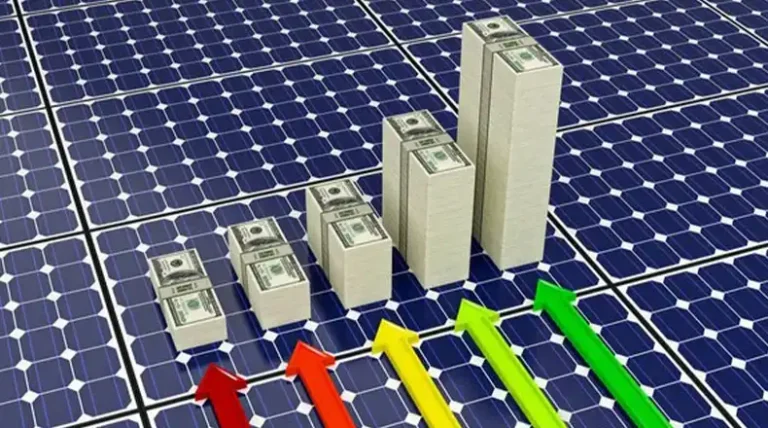
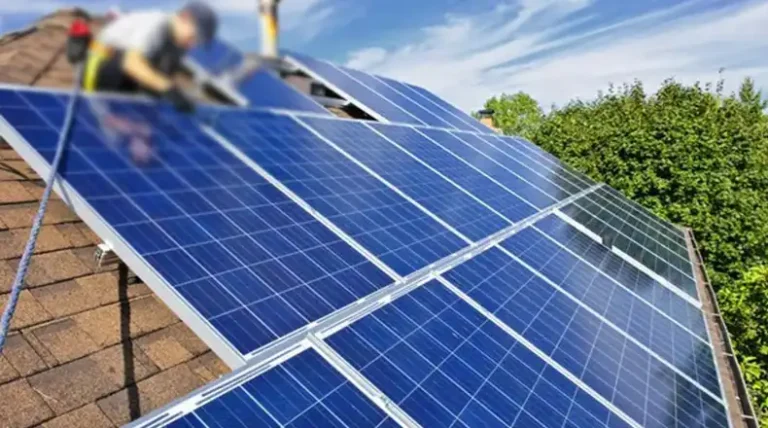
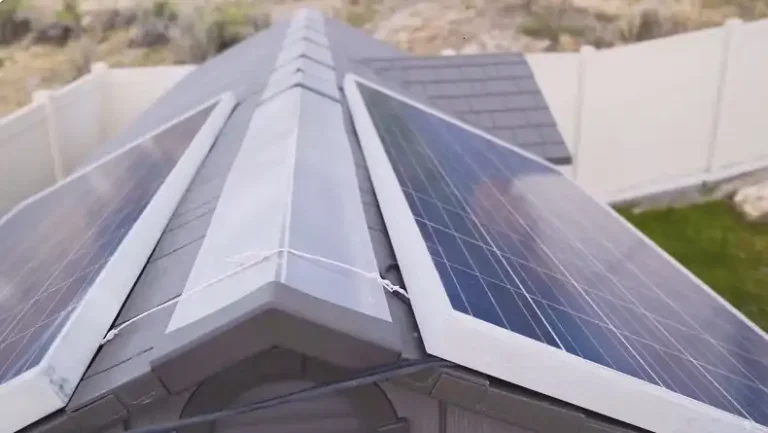
![Can You Make a Solar Panel out of CDs? [Answerd]](https://www.itekenergy.com/wp-content/uploads/2024/04/Can-You-Make-a-Solar-Panel-out-of-CDs-768x428.webp)
